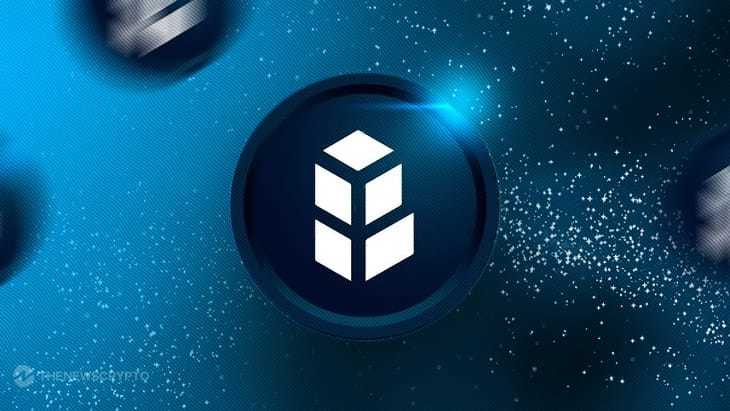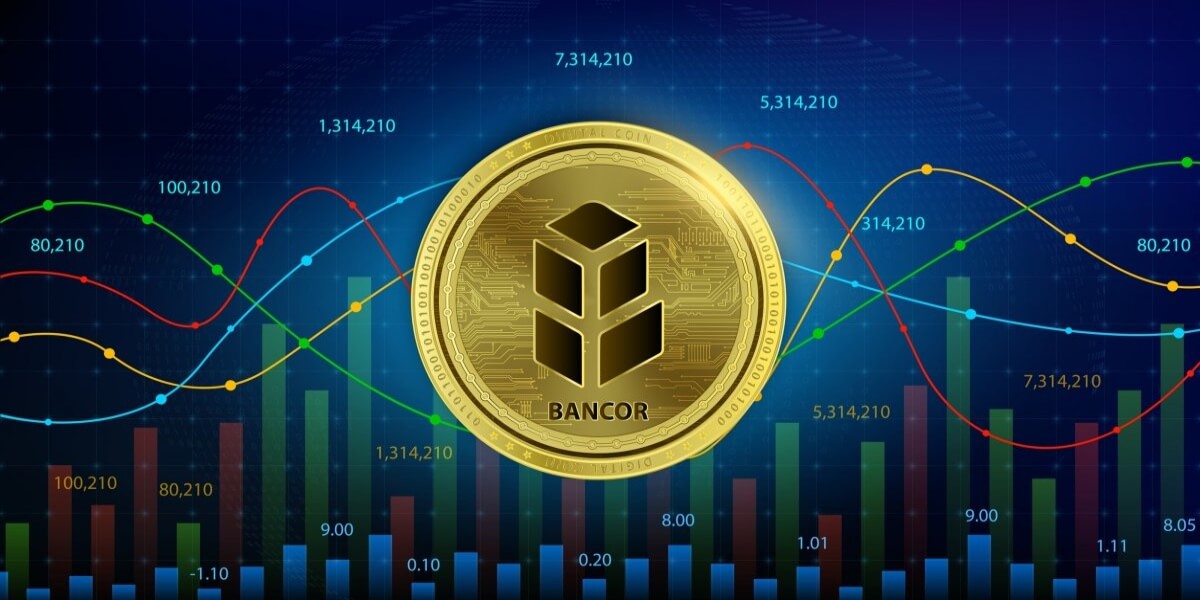Unveiling Bancor (BNT): A Deep Dive into the Bancor Network Token
The realm of cryptocurrency continues to witness a surge of innovative projects, each vying to revolutionize a specific aspect of the financial landscape. Among these contenders stands Bancor (BNT), a unique protocol and its native token, BNT, which aim to disrupt the way we interact with decentralized exchanges (DEXs). This article delves into the intricate world of Bancor (BNT), exploring its technical underpinnings, functionalities within the Bancor protocol, and its potential impact on the future of DeFi (Decentralized Finance).
Decentralized Exchanges: A Paradigm Shift in Trading
Traditional cryptocurrency exchanges operate in a centralized manner, where a single entity acts as a custodian of user funds and facilitates trades. This centralized model presents inherent risks, including vulnerability to hacks and potential manipulation by the exchange operator. Decentralized exchanges (DEXs) offer an alternative approach, enabling peer-to-peer (P2P) trading directly between users without relying on a central authority.
DEXs leverage blockchain technology to ensure secure and transparent transactions. However, traditional DEX models often grapple with issues like limited liquidity, which can lead to price slippage (the difference between the expected price and the actual execution price) and hinder smooth trading experiences.
Enter Bancor: An Automated Market Maker with a Twist
The Bancor protocol seeks to address the liquidity constraints plaguing traditional DEXs by introducing a novel concept: Continuous Liquidity Provision. Unlike DEXs that rely on order books to match buyers and sellers, Bancor utilizes automated market makers (AMMs).
Here’s a breakdown of how AMMs function in the Bancor protocol:
- Liquidity Pools: At the heart of Bancor lie liquidity pools. These pools hold reserves of two different cryptocurrencies, typically one being Bancor (BNT), the native token of the Bancor protocol. Users can contribute their crypto holdings to these pools, earning passive income on their contributions through trading fees.
- Constant Reserve Ratio: Each liquidity pool maintains a constant reserve ratio between the two contained cryptocurrencies. This ratio ensures that there’s always a readily available counterparty for trades, regardless of the order book’s state.
- Virtual Balances: Bancor employs a concept called virtual balances. When a user swaps one cryptocurrency for another within a pool, the protocol dynamically adjusts the virtual balances of both tokens to maintain the constant reserve ratio. This mechanism facilitates continuous trading without the need for a traditional order book.
The Power of Bancor (BNT): Fueling the Bancor Protocol
BNT, the native token of the Bancor protocol, plays a multifaceted role within the ecosystem:
- Facilitating Token Conversions: BNT acts as a reserve currency in most liquidity pools on Bancor. This ensures there’s always a readily available trading pair for other cryptocurrencies, even those with limited liquidity. Users can seamlessly swap various cryptocurrencies through BNT without relying on traditional order books.
- Governance: BNT holders participate in the Bancor DAO (Decentralized Autonomous Organization). By staking their tokens, they gain voting rights on protocol upgrades, fee structures, and future developments, fostering a decentralized and community-driven ecosystem.
- Incentivizing Liquidity Providers: Users who contribute liquidity to Bancor pools are rewarded with trading fees generated by those pools. A portion of these fees are distributed proportionally to liquidity providers, with Bancor (BNT) holders receiving a bonus on their rewards. This incentivizes users to contribute to the overall liquidity of the Bancor network.
Beyond the Basics: Unveiling Additional Functionalities of Bancor (BNT)
The Bancor protocol offers a range of functionalities that further enhance the utility of BNT:
- Impermanent Loss Protection: Impermanent loss is a risk associated with providing liquidity in AMMs. Bancor offers a revolutionary Impermanent Loss Protection (ILP) feature. By staking BNT alongside their liquidity contributions, users can mitigate a portion of the potential impermanent loss.
- Shield Staking: Shield Staking allows BNT holders to lock up their tokens for a set period in exchange for a fixed return. This incentivizes long-term holding of Bancor (BNT)and contributes to the overall stability of the protocol.
- Liquidity Mining: Bancor periodically launches liquidity mining programs for specific cryptocurrencies. Users can contribute liquidity pools containing those tokens and earn additional rewards in the form of BNT.
The Broader Impact: How Bancor (BNT) is Shaping the Future of DeFi
The Bancor protocol and its native token, BNT, hold the potential to significantly impact the DeFi landscape:
- Enhanced Liquidity: By facilitating continuous liquidity provision, Bancor helps address a major hurdle for DEXs, potentially leading to smoother trading experiences with minimal slippage.
- Democratized Access: The ability to contribute liquidity and participate in governance with BNT lowers barriers to entry for DeFi participation. This can foster a more inclusive financial ecosystem.
- Composability and Interoperability: The Bancor protocol is designed with composability in mind, meaning it can integrate seamlessly with other DeFi applications. This fosters innovation and the development of more complex financial products and services.
- A Potential Hedge Against Impermanent Loss: While not a complete shield, BNT’s ILP feature offers some protection for liquidity providers, potentially making DEX participation more attractive for users with risk aversion.
The Road Ahead: Challenges and Opportunities for BNT
Despite its innovative approach, the Bancor protocol and Bancor (BNT) face certain challenges:
- Competition: The DEX landscape is fiercely competitive, with established players and newer protocols vying for market share. Bancor needs to continuously innovate and adapt to maintain its position.
- Network Effects: Liquidity attracts liquidity. As a newer DEX, Bancor needs to attract a critical mass of users and liquidity providers to create a vibrant ecosystem.
- Regulation: Regulatory uncertainty surrounding DeFi poses a potential challenge for all protocols, including Bancor. Staying compliant with evolving regulations will be crucial for long-term adoption.
However, alongside these challenges lie exciting opportunities:
- Growth of DeFi: The overall growth of the DeFi sector is expected to continue. As DeFi adoption increases, the demand for efficient and user-friendly DEXs like Bancor could rise.
- Strategic Partnerships: Collaboration with other DeFi projects and established financial institutions can accelerate Bancor’s growth and mainstream adoption.
- Technological Advancements: Continuous advancements in blockchain technology can unlock new functionalities for the Bancor protocol, further enhancing its capabilities and user experience.
Conclusion: BNT – A Token with Potential to Transform DeFi
The Bancor protocol and its native token, Bancor (BNT), represent a significant innovation in the realm of DEXs. By addressing liquidity constraints and fostering a community-driven ecosystem, Bancor (BNT) has the potential to reshape the future of DeFi. While challenges remain, the potential benefits of continuous liquidity provision and a user-centric approach are undeniable. As the DeFi landscape continues to evolve, Bancor (BNT)’s ability to adapt and innovate will be key to its long-term success.







